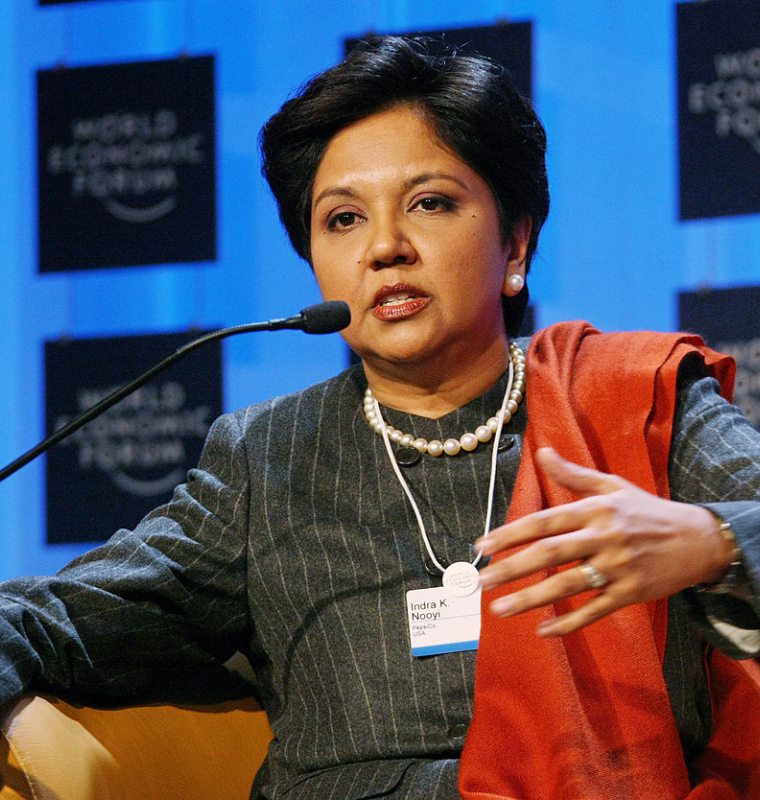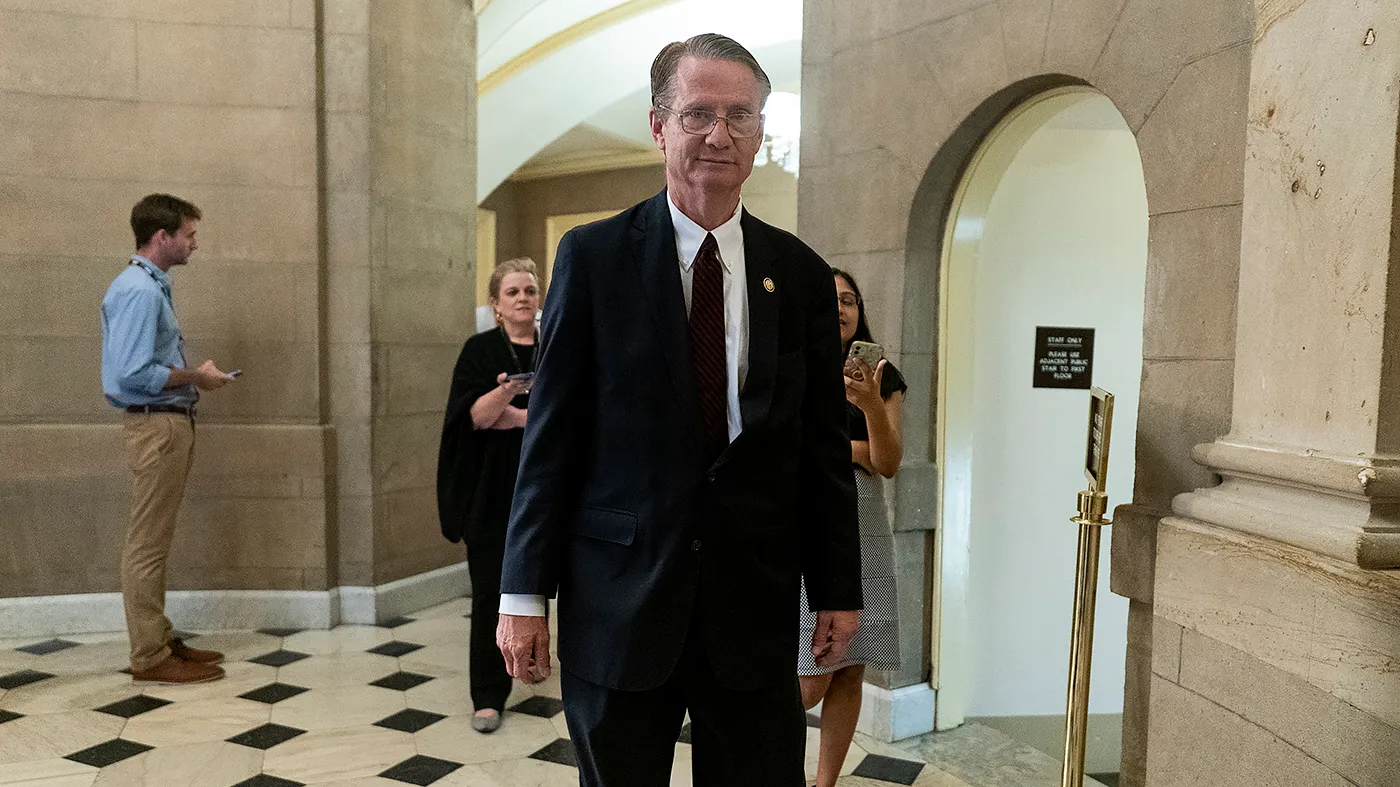Oil Prices Surge as Trump Considers Military Strike Against Iran Amid Rising Middle East Tensions
Oil Prices Surge as Trump Considers Military Strike Against Iran Amid Rising Middle East Tensions
By
David Goldfarb
Last updated:
June 18, 2025
First Published:
August 3, 2025

Photo: Business Recorder
Crude Oil Markets on Edge as U.S. Weighs Military Action in Iran
U.S. oil prices remained elevated near their highest levels in five months on Wednesday, as growing tensions between the United States, Israel, and Iran rattled global energy markets. President Donald Trump is reportedly weighing military options, including joining Israel's ongoing air campaign targeting Iranian nuclear and missile facilities.
Oil Prices Hold Steady After Sharp Gains
On Wednesday, U.S. West Texas Intermediate (WTI) crude futures edged up 12 cents, settling at $74.96 per barrel. International benchmark Brent crude rose 5 cents to $76.50 per barrel. Both benchmarks remain at levels not seen since late last year.
The market's stability follows a sharp rally the previous day, when oil prices surged more than 4% after Trump directly threatened Iran's Supreme Leader, Ayatollah Ali Khamenei, demanding full and unconditional surrender of Iran's nuclear ambitions.
10% Price Spike Since Israeli Air Strikes Began
The recent rally marks an approximately 10% increase in oil prices since last Friday, when Israel launched a series of airstrikes targeting key components of Iran’s nuclear and ballistic missile programs. The Israeli offensive has drawn strong reactions from Tehran, and the risk of further escalation has injected fresh volatility into global energy markets.
Analysts warn that any U.S. involvement in direct military action could push oil prices significantly higher due to potential disruptions in the Strait of Hormuz, a vital shipping route for nearly 20% of the world’s oil supply.
Khamenei Responds with Warnings of 'Irreparable Damage'
Ayatollah Khamenei responded defiantly on Wednesday, warning that U.S. involvement would trigger "irreparable damage" for Washington and its allies. Iran has repeatedly vowed to retaliate against any additional foreign aggression, raising fears of a broader regional conflict that could destabilize global oil supplies.
White House Considering Multiple Military Options
According to sources cited by NBC News, President Trump convened a high-level meeting with national security advisors Tuesday in the White House Situation Room. While no final decision has been made, senior officials say military strikes remain firmly on the table among several options being reviewed.
Former defense and intelligence officials have also confirmed that Pentagon planners have updated a range of potential strike scenarios targeting Iran’s nuclear infrastructure and missile development sites. The president’s decision could come within days if diplomatic efforts fail to de-escalate the standoff.
Energy Markets Brace for Possible Supply Shock
Oil traders and investors are closely watching developments, concerned that direct U.S. military involvement would severely impact crude supplies from the Middle East. The region accounts for a significant portion of global production, and any major conflict could disrupt international supply chains, causing price spikes that would affect everything from gasoline prices to global inflation.
"A full-scale conflict involving the U.S. and Iran could easily send oil prices surging past $90 or even $100 per barrel in the short term," said Helima Croft, global head of commodity strategy at RBC Capital Markets.
Geopolitical Risk Adds to Existing Supply Concerns
The current situation adds to an already tense global oil market that has been dealing with supply constraints due to OPEC+ production cuts and disruptions in other oil-producing regions such as Libya and Nigeria. Furthermore, recent reports indicate lower-than-expected production growth from U.S. shale producers, adding additional strain to global supply projections.
Global Markets Watching Closely
Beyond the oil markets, the rising geopolitical risks are also weighing on broader stock markets and investor sentiment. Energy stocks have rallied alongside crude prices, while global equity indexes have shown signs of increased volatility as markets brace for potential headlines from the White House.
For now, traders, investors, and policymakers alike remain on high alert as the U.S. deliberates its next move.
Popular articles
Subscribe to unlock premium content
Indra Nooyi’s Strategic Vision at PepsiCo: Balancing Profitability with Purpose

Nike’s Direct-to-Consumer Revolution: How Cutting Retailers Boosted Profits and Control

Spotifys Playlist Power Turning Music Curation Into An Advertising Goldmine

Indra Nooyi’s Strategic Vision at PepsiCo: Balancing Profitability with Purpose

Nike’s Direct-to-Consumer Revolution: How Cutting Retailers Boosted Profits and Control

Indra Nooyi’s Strategic Vision at PepsiCo: Balancing Profitability with Purpose









